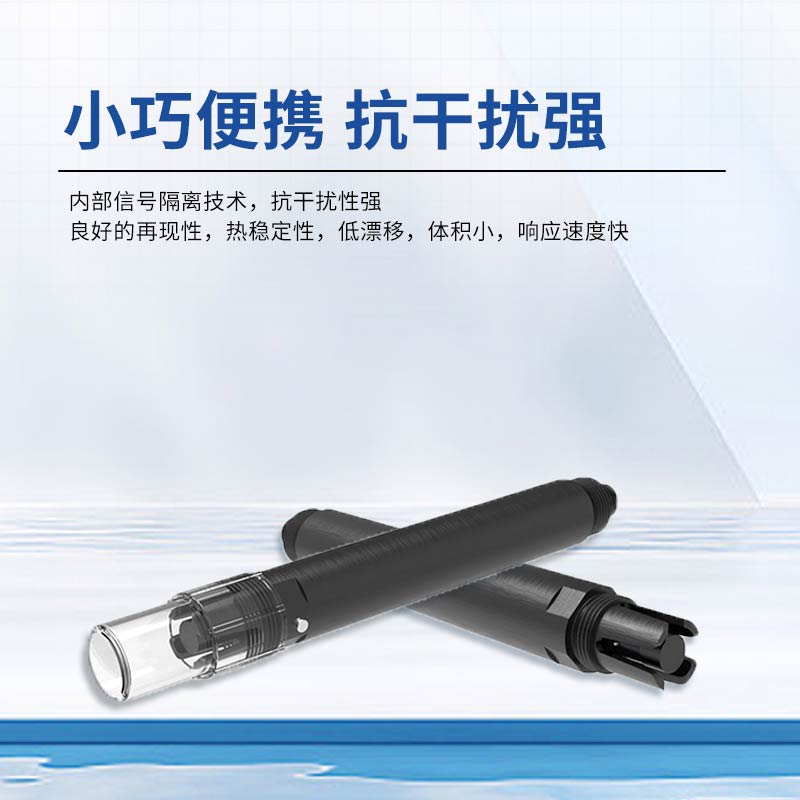Shandong Fengtu IOT Technology Co., Ltd
Sales Manager:Ms. Emily Wang
Cel,Whatsapp,Wechat:+86 15898932201
Email:info@fengtutec.com
Add:No. 155 Optoelectronic Industry Accelerator, Gaoxin District, Weifang, Shandong, China

Sales Manager:Ms. Emily Wang
Cel,Whatsapp,Wechat:+86 15898932201
Email:info@fengtutec.com
Add:No. 155 Optoelectronic Industry Accelerator, Gaoxin District, Weifang, Shandong, China
time:2025-03-25 09:59:23 source:Weather Station viewed:419 time
When it comes to the advantages of water quality sensors, they can be summarized in six words: real - time, continuous, and automatic.
Since the sensors can be directly deployed in water bodies (such as rivers, sewage treatment plants, water supply pipe networks, etc.), they collect water quality parameters (such as pH value, dissolved oxygen, turbidity, etc.) in real - time through electrochemical, optical, or biochemical reaction principles. These parameters are converted into electrical signals, processed by the built - in processor, and then the data is immediately transmitted to the monitoring platform or the cloud without human intervention.
Wireless transmission technologies (such as the Internet of Things and mobile networks) enable remote monitoring. Users can view water quality dynamics at any time through mobile phones or computers.
Traditional laboratory testing requires manual sampling and then sending the samples for inspection, which has a time lag (for example, the BOD index may change during transportation). In contrast, online sensors can automatically sample at a set frequency (such as once a minute), accelerating the update speed.
Through cloud computing and big data analysis, the system can automatically identify abnormal data and trigger warnings. For example, a sudden drop in dissolved oxygen concentration may indicate the risk of water eutrophication.
With water quality sensors, we can basically achieve unattended, all - weather, and high - precision water quality monitoring, greatly improving the monitoring efficiency.
There is a wide variety of water quality sensors, which can cover the real - time monitoring needs of many key parameters in water bodies. Specifically, there are ammonia nitrogen sensors, oil - in - water sensors, dissolved oxygen sensors, COD sensors, cyanobacteria sensors, sludge concentration sensors, chlorophyll sensors, transparency sensors, chloride ion sensors, residual chlorine sensors, suspended solids sensors, turbidity sensors, conductivity sensors, ORP sensors, pH sensors, water temperature sensors, hardness sensors, and so on.
Fengtu Technology focuses on the research and development, production, and sales of instruments for meteorological environment monitoring and water quality monitoring. Currently, it has launched a variety of sensors and monitoring systems, such as pole - mounted online water quality monitoring stations, turbidity, pH, conductivity, and temperature four - parameter online monitors, etc. The products support the RS485/MODBUS - RTU protocol and can be integrated into the Internet of Things platform for remote monitoring. They are widely used in industries such as environmental protection monitoring, sewage treatment, and aquaculture, providing reliable solutions for water quality monitoring.

best anemometer accurately measures wind speed and direction, reading wind speeds up to 60m/s with high accuracy, and is able to withstand strong winds carrying dust, humidity and even rain....
The principle of the ultrasonic wind speed and direction recorder is to use the ultrasonic time difference method to achieve wind speed measurement. The speed of sound propagation is superimposed on the speed of airflow in the direction of the wind. If the ultrasonic wave propagates in the same dire...
The construction of high-standard farmland is crucial to ensuring national food security by effectively increasing agricultural productivity and guaranteeing the stability of food supply. Modern technologies and methods play a key role in this endeavour by establishing water-saving and efficient far...
Soil moisture is the water in the soil. Quick and accurate measurement of soil moisture is important for farm management. Since the middle of the last century, people have been using a variety of methods to measure soil moisture, such as the drying method, the dielectric class method, the neutron me...